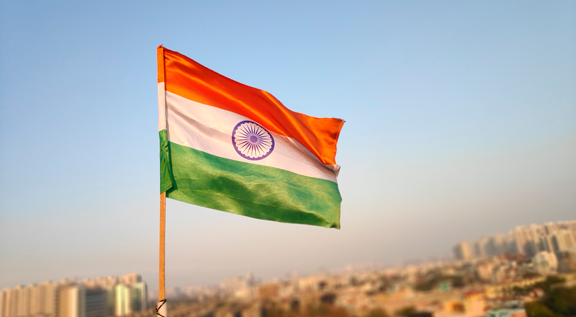
Image: Pixabay
The country already faced climate-related problems last year.
A heat wave in northern and central India threatens domestic wheat production, which is still in the ripening phase. If the forecast is confirmed, it will be the second consecutive year that the Indian crop will suffer damage due to weather conditions.
{module Form RD}
The reduced harvest amid stocks falling to the lowest level in six years is likely to force the country, which is the world's second largest producer of the grain, to allow imports after banning exports last year.
“Winter is not over yet, but during the day temperatures rise like summer,” farmer Rameshwar Chowdhury told Reuters. “We are irrigating the crops to limit the impact, but we cannot do anything beyond that,” he added.
The India Meteorological Department said the maximum temperature in some growing areas jumped above 39°C for a few days in February, almost 10°C above normal. It was also reported that the country will likely suffer another heat wave this month, especially in the main producing states in the center and north.
Higher temperatures cause the crop to ripen early, which can lead to grains shriveling like last year, Chowdhury said.
Gopilaal Jaat, who also works with the cereal, said that the possible heat wave in March could further harm the crop, which is already showing signs of stress.
Last year, a heat wave in March reduced wheat production to 100 million tons, against the United States Department of Agriculture (USDA) estimate of local consumption of 103.6 million tons.
In January 2023, India estimated annual production could recover to a record 112.2mt, but trade bodies are less optimistic due to the weather.
“We have reduced the estimate from 109 million tonnes to 103 million tonnes,” said a New Delhi-based trader, adding that production could fall to around 100 million tonnes if temperatures remain above normal in March.
Source: datagro












